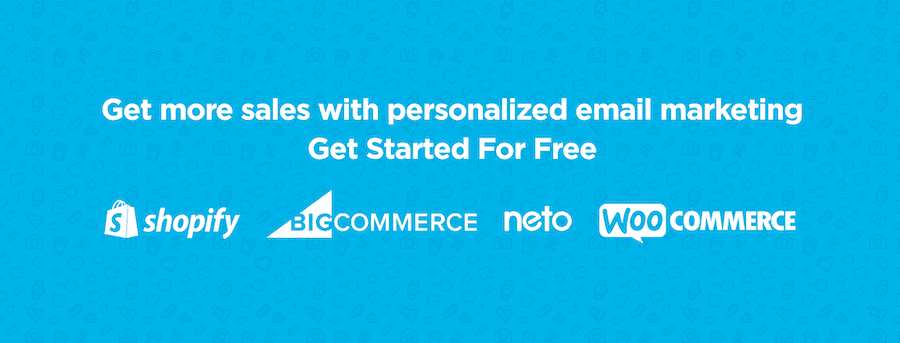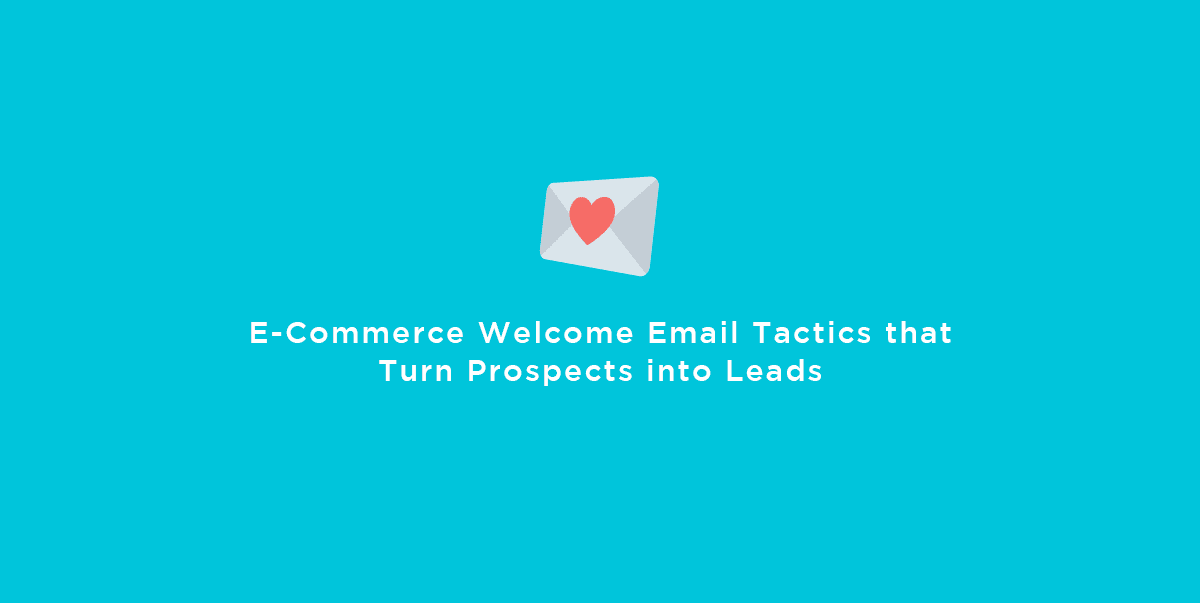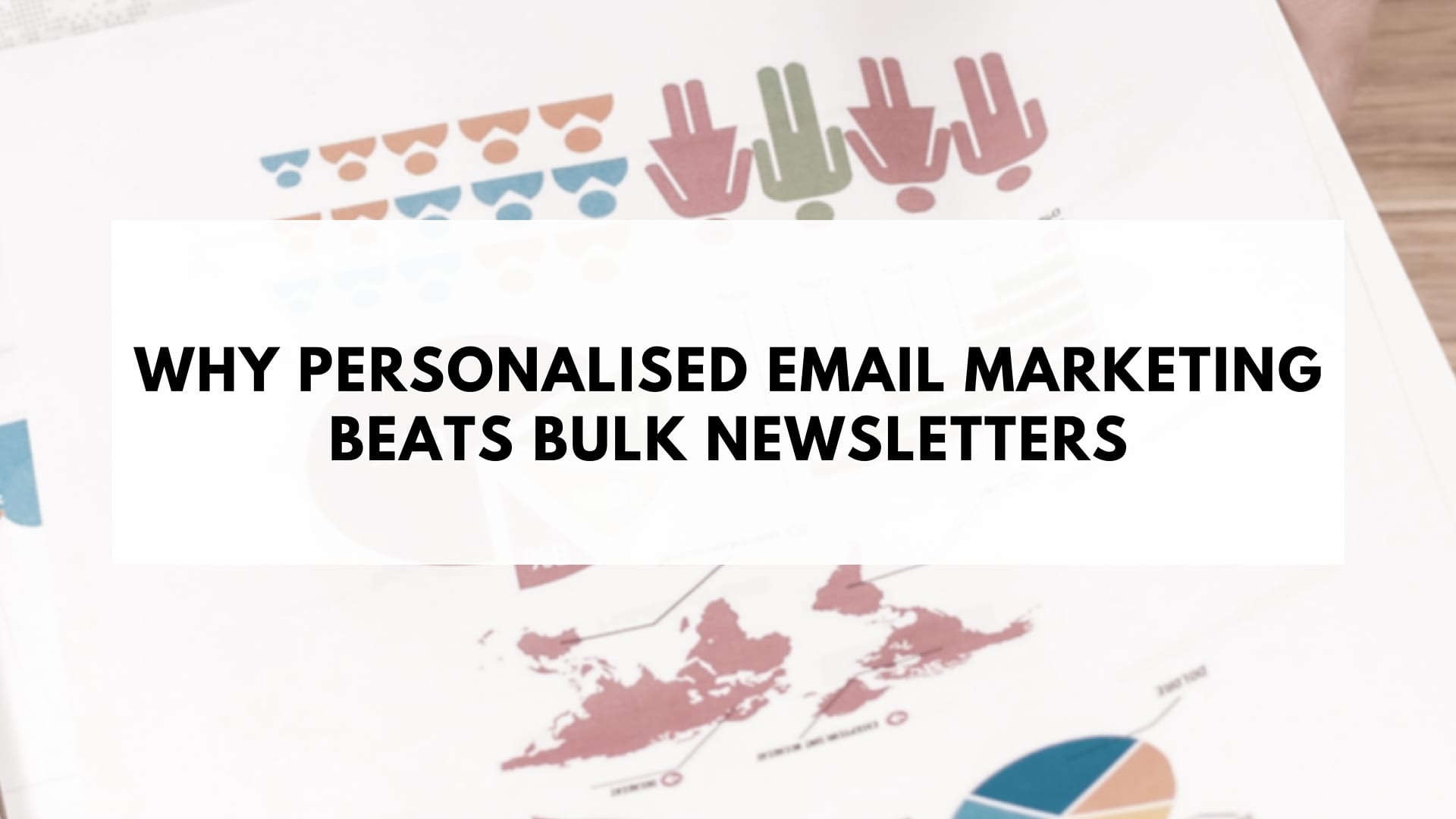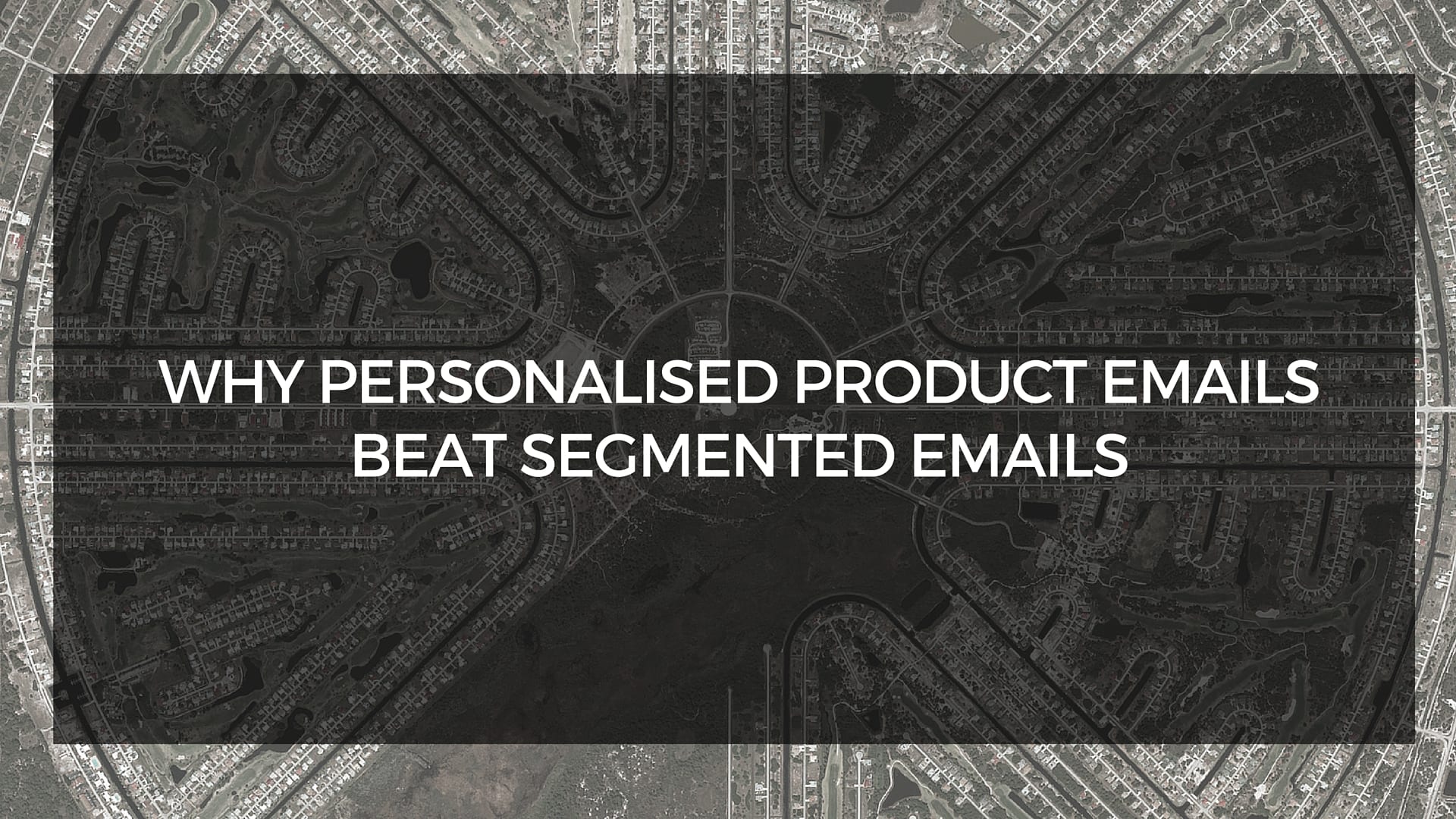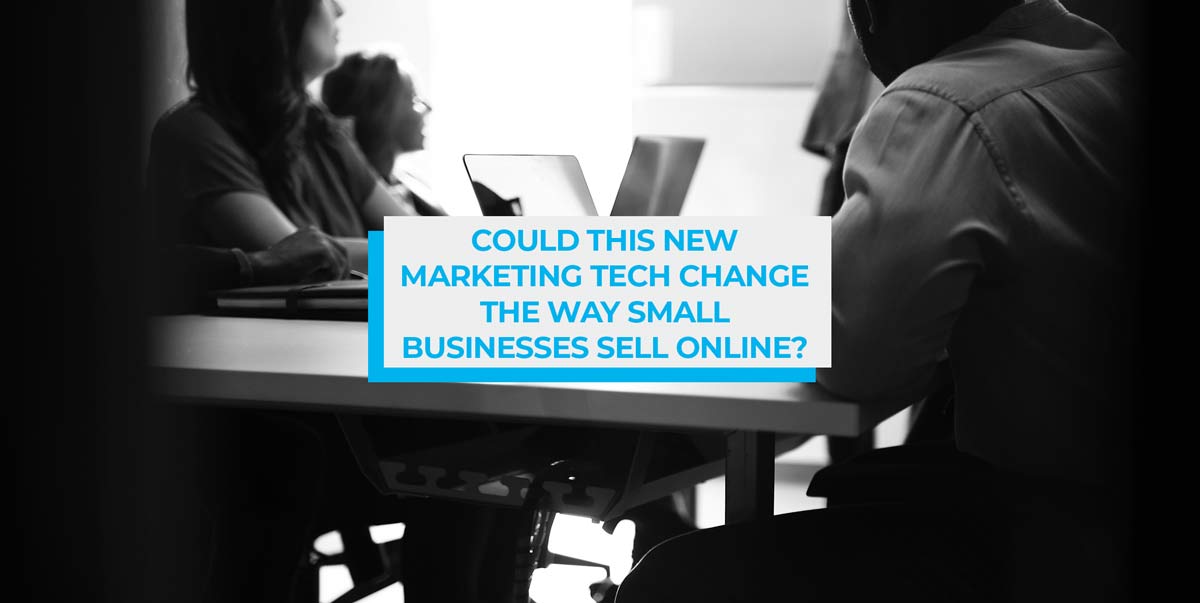Your welcome email receives more opens than any other email you send out.

While the infographic states that 50% of welcome emails are opened, for small and medium-sized businesses I’ve seen that number go as high as 68%.
The welcome email is super important for two reasons.
First, it ties your inbound marketing strategy to your email marketing. Whether you run Facebook or Google ads or do content marketing, SEO, or any other form of traffic generation, a percentage of your traffic opts-in to your newsletter.
A poorly thought-out or no welcome email at all will pump up your cost per acquisition and turn profitable ad campaigns into losers.
Second, the welcome email is the first time you can introduce your brand to the prospect through a private and direct medium. As they have just opted in to your newsletter your brand is hot in their mind. The contents of your welcome email can make or break your relationship.
In this article you’ll learn:
- four elements needed in every welcome email,
- how to craft the perfect welcome email to increase sales, and
- how to craft the perfect welcome email to build relationships.
Four elements needed in every welcome email
Your welcome email must contain these three elements:
Instant – From the second the prospect hits the subscribe button for your newsletter, their cell phone should be going DING DING because your welcome email has just landed in their inbox.
Welcome emails have a high open rate because emails are sent to the user as they are engaging with your store.
Don’t wait 24 hours or more because by then they may have visited another store and purchased from there.
It can be more than one – A welcome email can become a welcome series containing 2, 3, 4, 5, or more emails. There isn’t a perfect number of welcome emails to send as each business is different, but here’s the rule of thumb I typically recommend: If you’re selling high-ticket items, you’ll typically require more welcome emails to nurture the prospect, as very few people are making an impulse buy for a $1500 product.
In this case, I’d often suggest not to pitch in the first two emails but instead build trust and authority (I’ll show you examples later).
If you’re selling low-ticket items ($200 or less), then you’ll typically require fewer welcome emails to turn the prospect into a customer.
In this case, you can pitch right away or within the first two emails (again, I’ll show you examples later).
Pair your emails – When you get someone to opt-in to your newsletter, in most cases you’ll have promised them something, be it a voucher or some sort of value through content.
Whatever you have promised, that is what your first welcome email must include. Failure to do this will cause the prospect to be confused, and it will make your brand look un-trustworthy.
To give you an example, here’s a pop-up from Levi’s giving me 10% off and free shipping if I sign up to their email list:

Seconds later I receive a welcome email where the value proposition is clearly stated in the subject line and once again in the copy of the email:

In the digital world this is known as scent marketing, where you keep the messaging consistent through various mediums – in this case their website and email.
If Levi’s welcome email didn’t contain a voucher and free shipping, I would be annoyed and not shop there because they lied to get my email address.
Always deliver on what you promised in the first email, then in the second email you can either repeat the offer or change your messaging to serve new products or offers.
Here’s Levi’s second email in their series with the subject: A million reasons to love Levi’s® (Well, almost) :
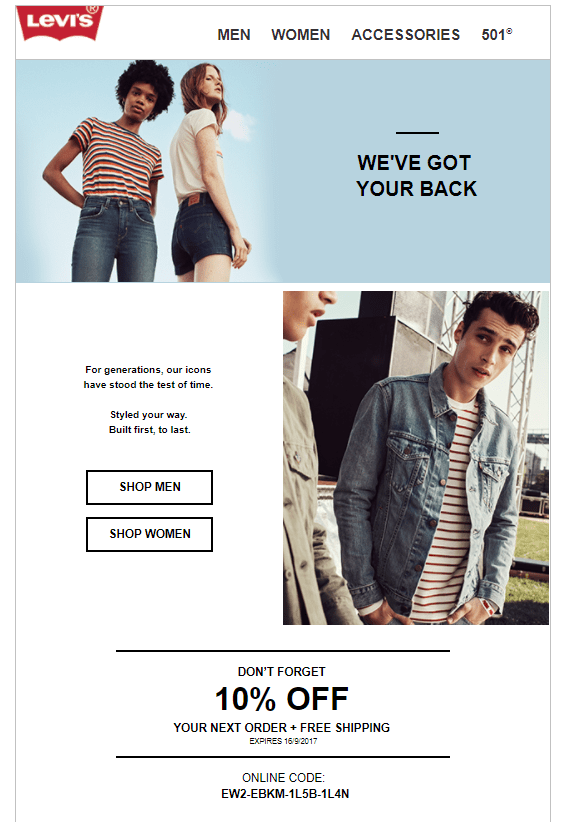
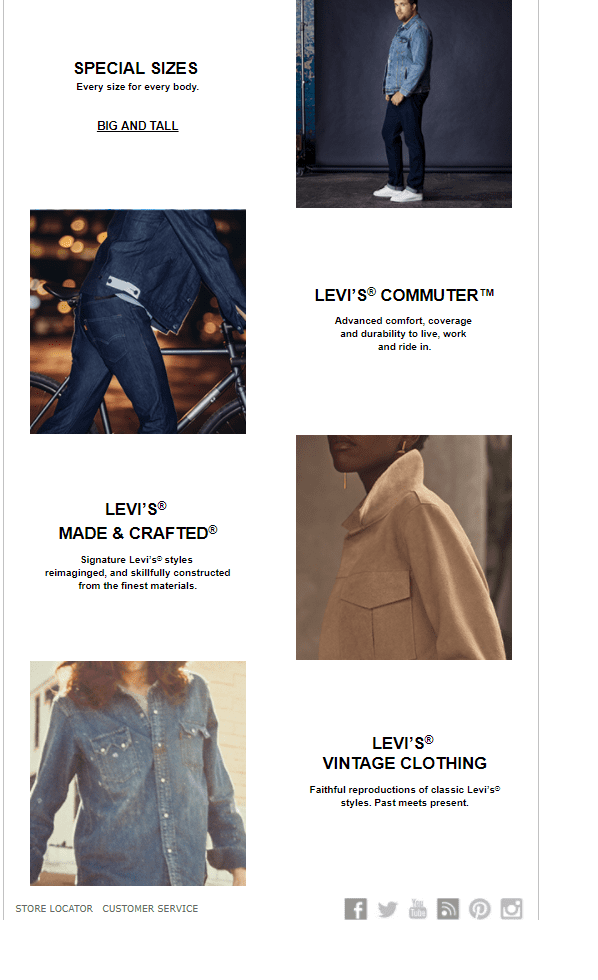
In their second email they show me new products categories along with the offer shown in their first email.
It must have a goal – There are two reasons you send welcome emails:
- To convert a lead into a customer as quickly as possible (usually with an offer)
- To create a positive relationship with the lead (usually through free value)
To decide which one is right for you, you’re going to need to understand your customer journey, how much time to they spend doing product research, how much they trust your brand, and whether you’re selling low- or high-ticket items.
In the next section of this article I’m going to show you examples of e-commerce stores using welcome emails to convert leads into customers and build relationships.
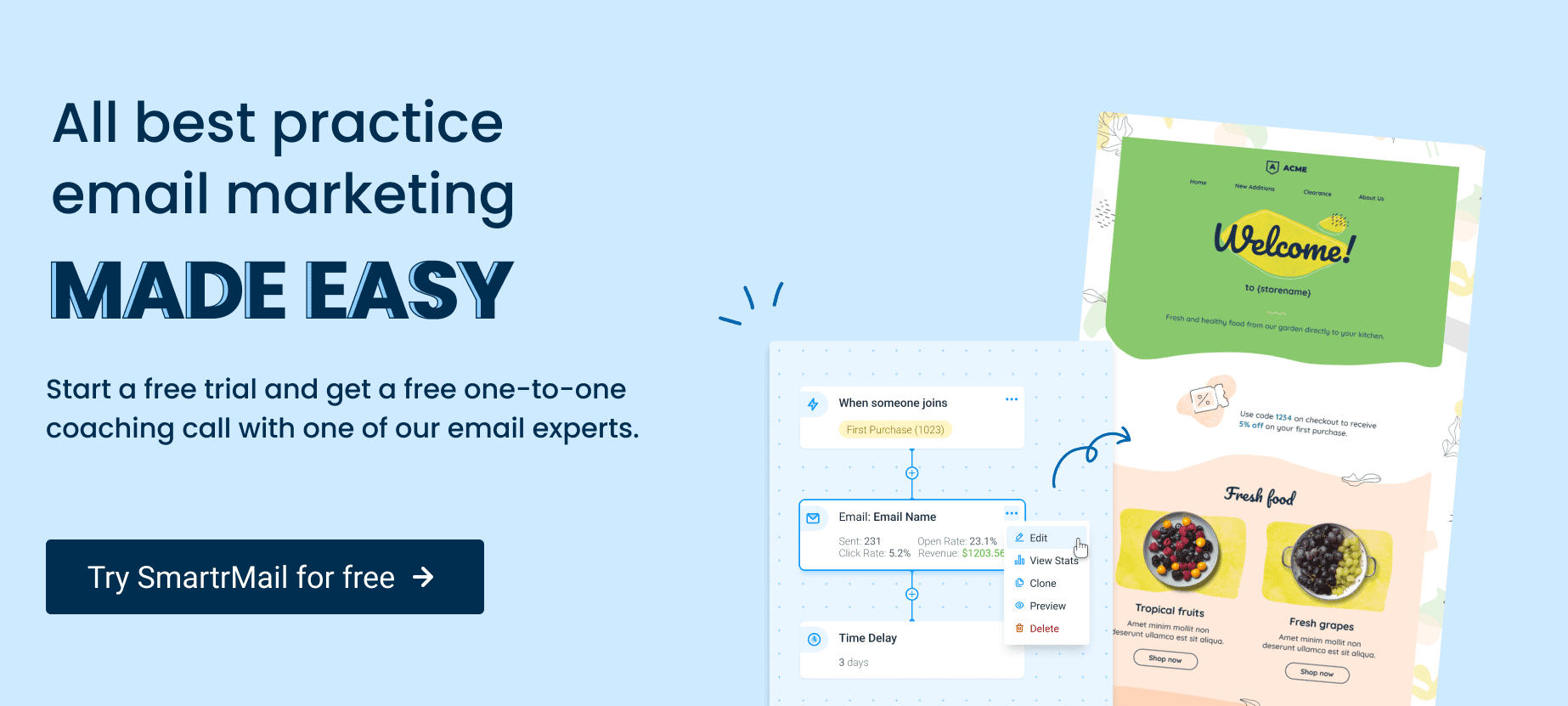
Welcome emails to turn leads into customers
Arguably the easiest way to turn a fresh lead into a customer is to provide them with a low-barrier offer.

Sleepy Jones do this by giving new signups a 15% voucher code to use on their next order and free shipping if the order is above $250.
It’s a good offer at first glance, but when you visit their website you’ll learn that a pair of luxury pajamas can cost as much as $278.

Maybe I’m cheap, but that seems rather excessive for sleeping wear. In my eyes this is a high-ticket item given that you can buy pajamas for as little as $20.
In this case, I think Sleepy Jones might have been better off letting me know what makes their sleepwear special and unique in their welcome email instead of going right for the pitch.
By taking a quick look at their About Us page, I quickly realized why they are priced the way they are and what makes them special.

If they led with this in their welcome email and in the second email offered me the 15% voucher code, this would convert better as I would understand their products better.
Or like I said, maybe I’m just too cheap?
Depending on your business model, you may not be able to offer big discounts and free shipping. In this case, you can create a welcome email that shows your best-selling products, like Lush.

Their welcome email contains low-value items (everything under $10) that consumers will impulse buy.
If you’re going with the ‘no offer’ route, make sure the items you list in your welcome email are popular and inexpensive.
It’s okay if you don’t make a huge profit on your first order; the real revenue comes in later when you have data on their preferences and send them cross-sells and production recommendation emails.
Remember what I said earlier: the goal of a welcome email is to turn a lead into a customer as quickly as possible.
The goal of a welcome email is not to generate as much revenue as possible – that is left for other email campaigns.
Of all the welcome emails I’ve come across, my favorite are ones that tie an insane offer with urgency, like Thrive Market.

They are giving new sign-ups an extra 15% off their first order and a one-month free membership if they join before the end of the week.
The fear of missing out (FOMO) is a marketing term used to describe consumers who get anxiety when they may miss out on an offer. This is why you’ll see brands adding time constraints to their offers.
I’m sure you’ve experienced this in the past, such as a flight at a cheap price and then days later it goes up and you’re kicking yourself.
In email marketing, adding time constraints give leads the extra kick in the backside to order.
The greater the urgency, the bigger your offer needs to be.
Blue Apron give new sign-ups $40 off only if they place an order in the next 24 hours.

Now you have some solid examples on what your welcome offer email should look like, I’ll show you what it shouldn’t look like.
Personalization is key in marketing. Limit the amount of items you show in a welcome email to one product category (Lush only showed soaps) or a maximum of three product categories.
1stdibs’ welcome email has clickable links to over 30 product categories.

It’s a loooooo-ng email that lists everything they sell. There is no offer, no clear call to action, and it lacks personalization.
If you sell lots of varied products, consider adding an extra layer to your opt-in form asking leads the type of products they are interested in so you can serve them the right products in your welcome email.
Sign-up to our newsletter and receive a free eBook with hidden Email Marketing Tips
How to craft the perfect welcome email to build relationships.
Welcome emails are also great to build relationships and introduce your brand.
If your business has a deep history, a passion, or is very different from other brands in your industry, the welcome email is the perfect medium to get that across.
Shinola Detroit’s welcome email doesn’t contain an offer but an introduction on how the business started, an inside look at the employees, and their local history.

These emails can work just as well as offers and discounts, and they build much stronger relationships.
Allbirds’ welcome email is what I think Sleepy Jones should have done. In their welcome email they clearly state what makes their shoes special by stating their USP.

While they do have a call to action to visit their shop and offer free shipping, I still consider this more of a relationship email than an offer.
Does your e-commerce store offer a subscription-based service or a product or service that requires further explanation?
A ‘how it works’ welcome email is perfect to reduce confusion about your product or service. I especially like Bespoke Post’s ‘how it works’ email because they have listed it in clear steps.

The final non-offer-type of welcome email is to provide free value in the form of content. GoDaddy sell domain names and online hosting, so they understand one of the biggest pain points their customers have is picking the right domain name. Maybe you experienced it too when building your own store.
Their welcome email aims to provide new sign-ups with useful tips when selecting their name.

I suspect the reason GoDaddy lead with this welcome email is because many prospects require a domain name but end up stalling because they cannot think of a name.
This is why their welcome email focuses on useful content in the body of the email and their 30% offer is only shown once in the header.
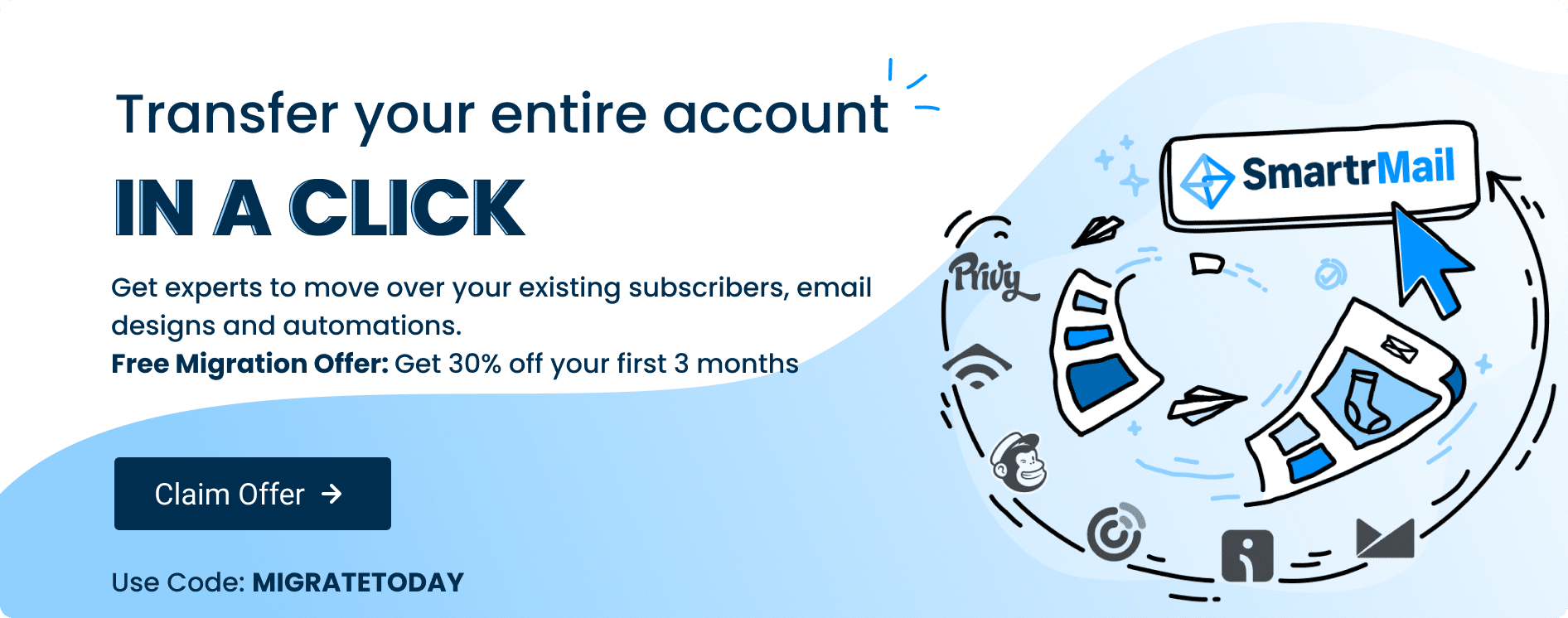
Your turn
When deciding which way to take your welcome email, put yourself in your customers’ shoes and ask yourself: What is stopping me from buying?
If the answer is lack of trust, then by making a good offer it reduces the customers’ risk and edges them closer to the sale.
Are they confused about your product or service? If so, then it makes sense to create a ‘how it works’ welcome email that answers all the most common questions.
Are you doing something new and exciting in the market like Shinola Detroit? If so, follow their lead and introduce yourself and not your products.
The great thing with email marketing is that you can create three or four different types of welcome emails and, through SmartrMail, test them out to see which one brings your business the best results.
